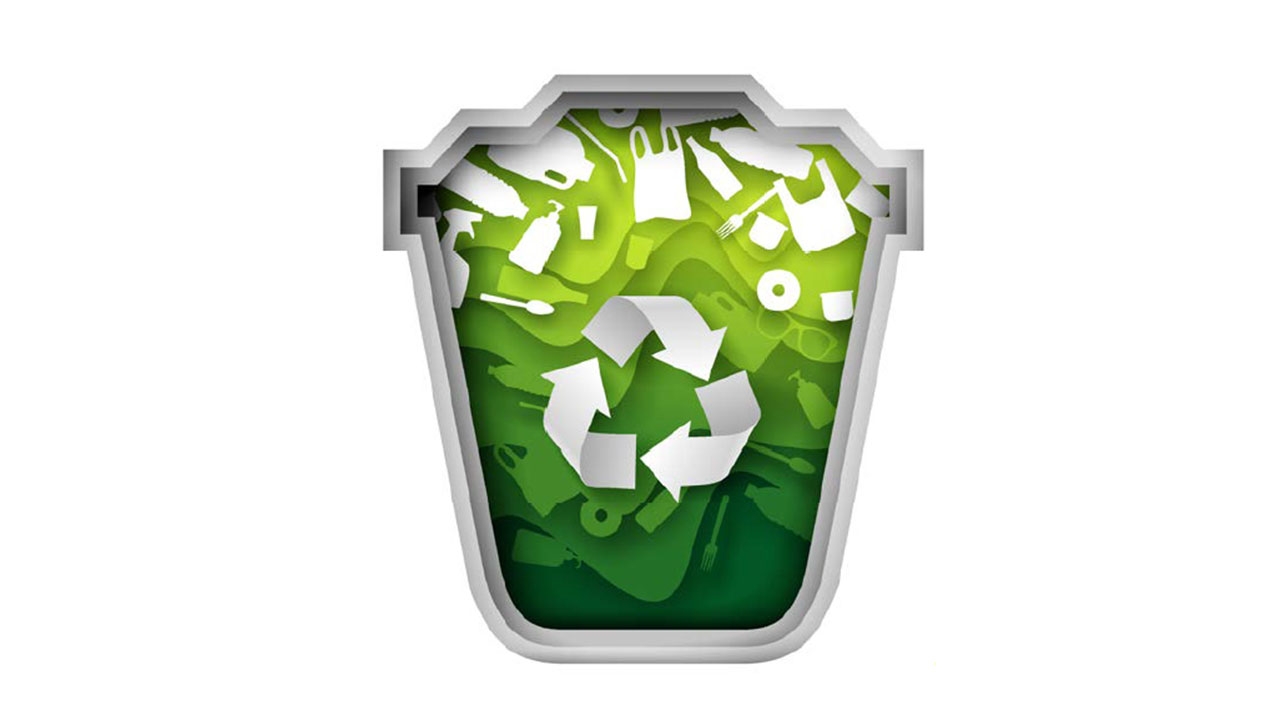Bandy: Making sense of life cycle analysis
When it comes to sustainable labels and flexible packaging, understanding how to communicate environmental impacts is crucial for driving change, writes Rosalyn Bandy, TLMI’s VP of sustainability, and L&L’s new sustainability columnist

With the advent of the Ellen MacArthur Foundation and the
idea that ‘through design we can eliminate waste and pollution, circulate products and materials, and regenerate
nature, creating an economy that benefits people, business and the natural world,’ you now hear more about circularity goals, the circular economy, or the new plastics economy.
But making sense of it can prove challenging and communicating the environmental impacts of labels and
packaging to your customers even more burdensome.
There is abundant information on this topic, thanks to the Association of Plastic Recyclers and the APR Design Guide, and it’s spelled out clearly for each type of plastic container.
TLMI has provided opportunity for members to understand APR’s guidance, with educational sessions featuring both
Seventh Generation and Nestlé, who detailed how the APR Design Guide is used by their respective companies in the design of their labels and packaging with their circularity goals at the forefront.
The question I often get is about how light weighting or downgauging labels will affect recyclability and remain an
opportunity for end-users to meet their sustainability goals. Downgauged labels, while maintaining functionality, are offered by most substrate suppliers.
The greenhouse gas reduction is impressive when using less material. Substrate suppliers have that data, just ask
for it.
Flexible packaging
When it comes to flexible packaging, however, the question of sustainability is an intriguing and complex one. It’s a
question that many label converters who also manufacture flexible packing must understand.
Laminated flexible packaging is not recyclable, so how does that impact the circularity goals of so many of converters
and their customers?

Flexible packaging is much lighter than rigid containers, which dramatically reduces the scope of greenhouse gas outcomes. The Flexible Packaging Association provides an excellent life cycle analysis comparison study of the water and fossil fuel consumption as well as greenhouse gas
emissions of stand-up pouches compared to HDPE and PET rigid containers.
And yet, if flexible packaging ends up in a landfill at the end of its useful life, are the greenhouse gas reductions enough?
Hypothetically, do we care if a light weighted single-use package significantly reduces greenhouse gas emissions,
waste disposal volume and negative environmental and human health impacts, but then must be discarded after a
single use? Would that be enough to be considered a win?
A lifecycle analysis will give you greenhouse gas results at a particular point in time. It won’t give you information about litter, waste, mechanical recycling infrastructure and technology.
It’s a cradle-to-gate calculation that does not extend out beyond the gate to look at end of life or back to the cradle.
Greenhouse gas impacts and pollution mitigation compared to litter and microplastics are very separate goals and the analysis of each cannot be combined to form conclusions about what makes one packaging format a more sustainable product.
As Scott Trenor, technical director of APR, explains: ‘A good example of reducing material weight but staying in the circular economy is the single-use packaging directive in Europe. The directive allows for an increase in the weight of the flexible packaging if companies change to a recyclable mono-material, rather than a multi-layered, non-recyclable material.’
Rethinking ‘reuse’
EPA’s waste hierarchy of reduce, reuse, recycle has been around since 1975; long before flexible packaging and other
light-weighted containers. In this age of circularity, perhaps we need to consider redefining what ‘reduce’ means given that less material-intensive products also tend to have less reuse and recycling potential.
With the many options facing brands who want a ‘sustainable label,’ the best any of us can do is understand what the options mean, align with organizations that can help us understand the impacts of each product we offer, and be transparent about the pros and cons.
The technology is changing, the recycling infrastructure is slowly ramping up, so more opportunities for circularity are coming our way.
Emily Tipaldo, executive director of the US Plastics Pact, said it well: ‘We must act boldly in collaboration and quickly adapt or change course as we work together to meet our ultimate goal to reduce plastic waste by creating a circular economy for plastic in which it never becomes waste or pollution.’
Stay up to date
Subscribe to the free Label News newsletter and receive the latest content every week. We'll never share your email address.


